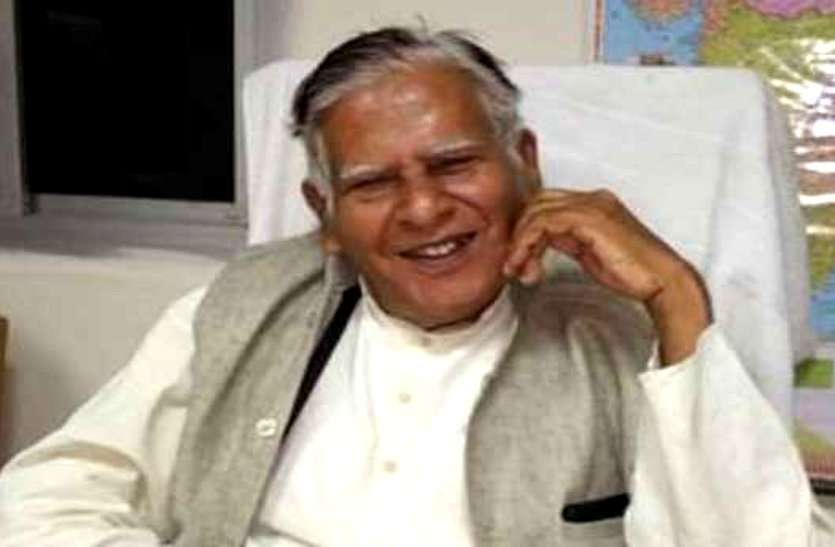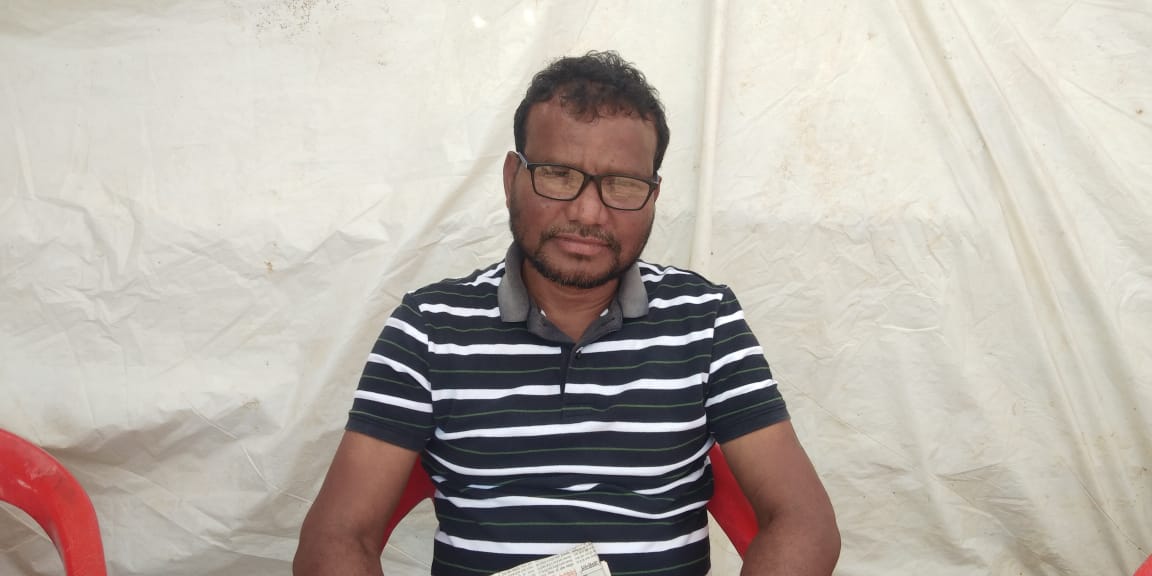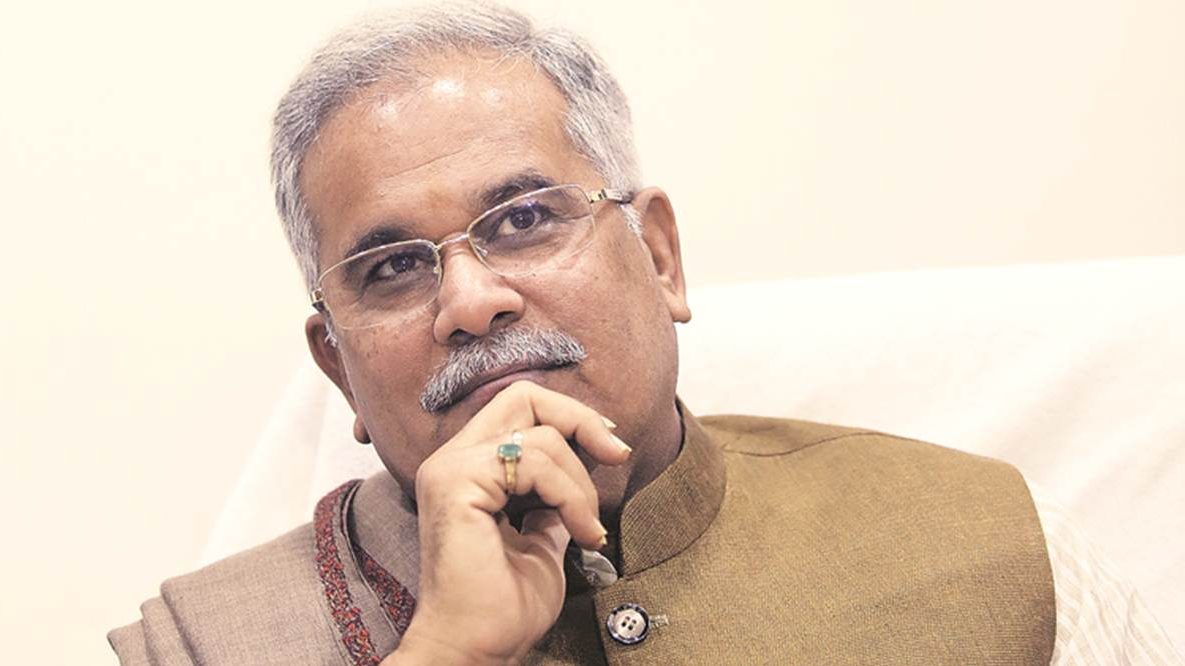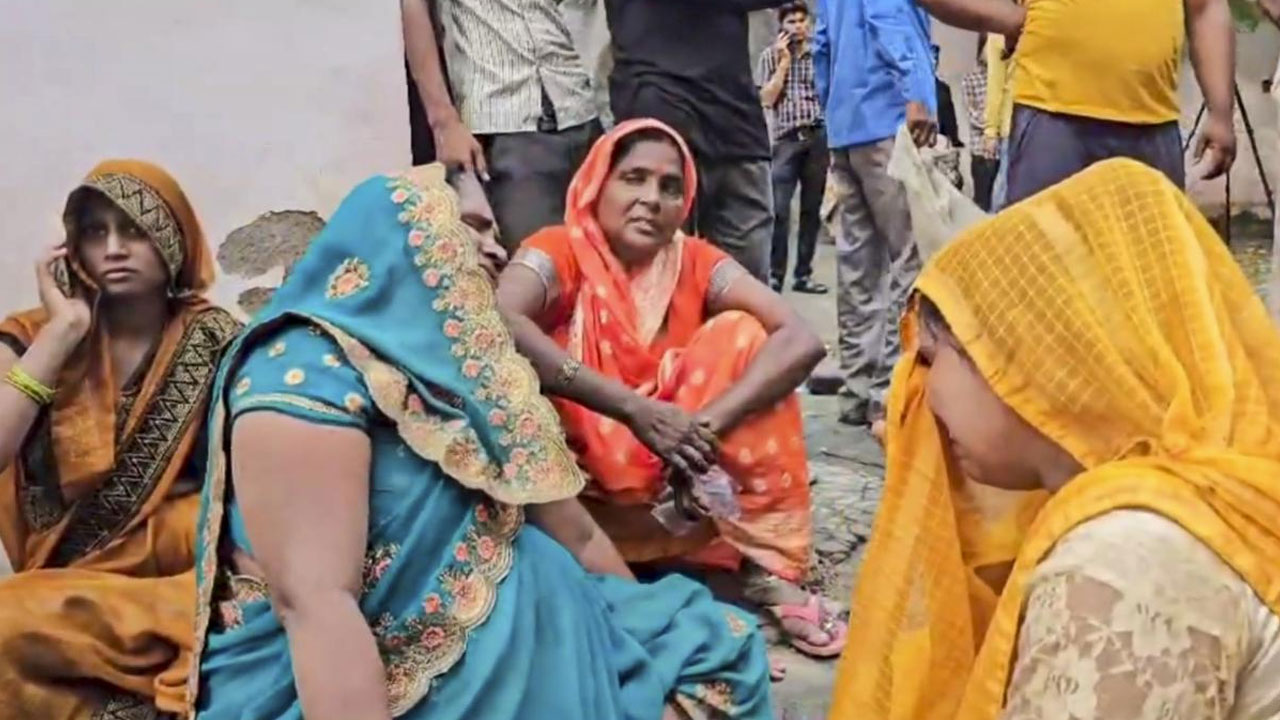Amid the coronavirus scare, the government of Chhattisgarh is busy hunting for the footprints of Ram. Chief minister Bhupesh Baghel made a public admission to that effect on 26 April 2020. The government believes that Ram spent a part of his exile in the forests of Chhattisgarh. It intends to identify the places where Ram camped and develop and market them as tourist destinations. A host of Dalit, Adivasi and OBC intellectuals have opposed the idea, arguing that it would strengthen the cultural hegemony of the upper castes (dwij) and undermine the Dalitbahujan countercultural resistance movement. One of the notable opponents of this proposed plan is Nand Kumar Baghel, who happens to be the father of the chief minister.
The government’s objectives and logic
The government is planning to build Ram Van Gaman Path (Ram’s forest trail). Baghel had first made the government’s intent public at the National Adivasi Nritya Mahotsav (National Tribal Dance Festival) held in Raipur from 27-29 December 2019. The announcement had drawn flak even then. The chief minister has now announced that Rs 10 crore would be spent on developing nine of the 51 places which figured on Ram’s itinerary. They include Sitamarhi (Har Chauka), Ramgarh, Shivrinarayan, Turturia, Chandkhuri, Rajim, Sihawa, Sapta Rishi Ashram (Jagdalpur) and Ramaram.
‘My son is trying to cozy up to Modi’
Bhupesh Baghel’s father Nand Kumar Baghel finds the government’s decision “deplorable”. He told FORWARD Press on the phone that the dwij were trying to thrust their culture on the Dalitbahujans. “I have been opposing such attempts. I believe that the Dalitbahujans have their own distinct culture, traditions and beliefs, which should be respected,” he said. Nand Kumar Baghel has long been at the forefront of the opposition to the hegemonic dwij traditions. His book Brahman Kumar, Tumne Ravan Ko Kyo Mara? was much talked about. Of late, the upper castes of Chhattisgarh have launched a campaign against him. Among other things, they want the government to take action against him.

The senior Baghel said that his son had launched the Ram Van Gaman Path project just to cozy up to Prime Minister Narendra Modi. “He knows politicking, he knows what is doing,” Nand Kumar said. He also expressed the hope that his son wouldn’t betray the Dalitbahujans.
Nand Kumar Baghel said: “Ram can do us no good. Ram doesn’t belong to the Dalits, the Adivasis and the OBCs; he belongs to the Savarna Hindus. Ram’s name is being used to whip up frenzy in the country.” He believes that the state governments have little choice but to toe the line of Narendra Modi. “The non-BJP governments which do not dance to his tune have to face the music. The construction of Ram Van Gaman Path is the part of an accord between the RSS and Narendra,” he added.
Manish Kunjam: ‘Conspiracy to destroy our culture’
Former MLA Manish Kunjan said: “In my village Ramaram in Sukma district, the landlords have built this temple. It was through a board hanging there that I came to know that Ram Van Gaman Path would be built through there. I was taken aback. Later, I came to know that the project covers many other areas of the state as well. The government argues that it will boost tourism. In my view, Ram Van Gaman Path has no meaning in Adivasi areas. Hinduvadi culture is being thrust upon us. This is not at all proper. This should be opposed. We will move a resolution in the gram sabha to oppose it. It is a conspiracy to destroy the culture of the Dalits, the Adivasis and the Bahujans.”

Yogesh Nareti, head of a ghotul (traditional Adivasi training centre for youth) in Surguja, in north Bastar says: “Our history is unwritten. No one bothered to record it. But there are wall paintings in different parts of the state which showcase the culture of the aboriginal tribes. Tell me, which history says that Ram had been to Bastar? Surguja is dominated by Adivasis, Dalits and OBCs. The government should tell us what Ram had to do with the aboriginal culture.” Social worker Anubhav Sori recalls, “Immediately after Chhattisgarh came into being, the Ajit Jogi-led Congress government allocated funds for the renovation of Pen Gudis. In our tradition, Pen Gudis are hut-like structures. But the Pen Gudis renovated with government funds metamorphosed into temples! That is not all. Idols of Hindu gods and goddesses were installed beside the Pen Gudis. Now, these idols are duly worshipped.”

Be that as it may, a powerful movement is brewing in Chhattisgarh. It seeks to reject dwij culture and traditions and preserve the Adivasi beliefs and way of life. For instance, only last year, Sonu Rudra Madawi, a resident of Ketka near Surajpur, opposed the observance of dwij rituals at his home. When his family members did not pay heed to him, the young man committed suicide. The dwijs had persuaded his family to hold the rituals as part of a conspiracy. Another example is Lokesh Sori, who was the first in the state to have a case registered against the dwijs – at the Pankhajur police station in Kanker district – for burning Ravan’s effigy and for depicting the slaying of Mahishasur in Durga Puja tableaux.
(Translation: Amrish Herdenia; copy-editing: Anil)






